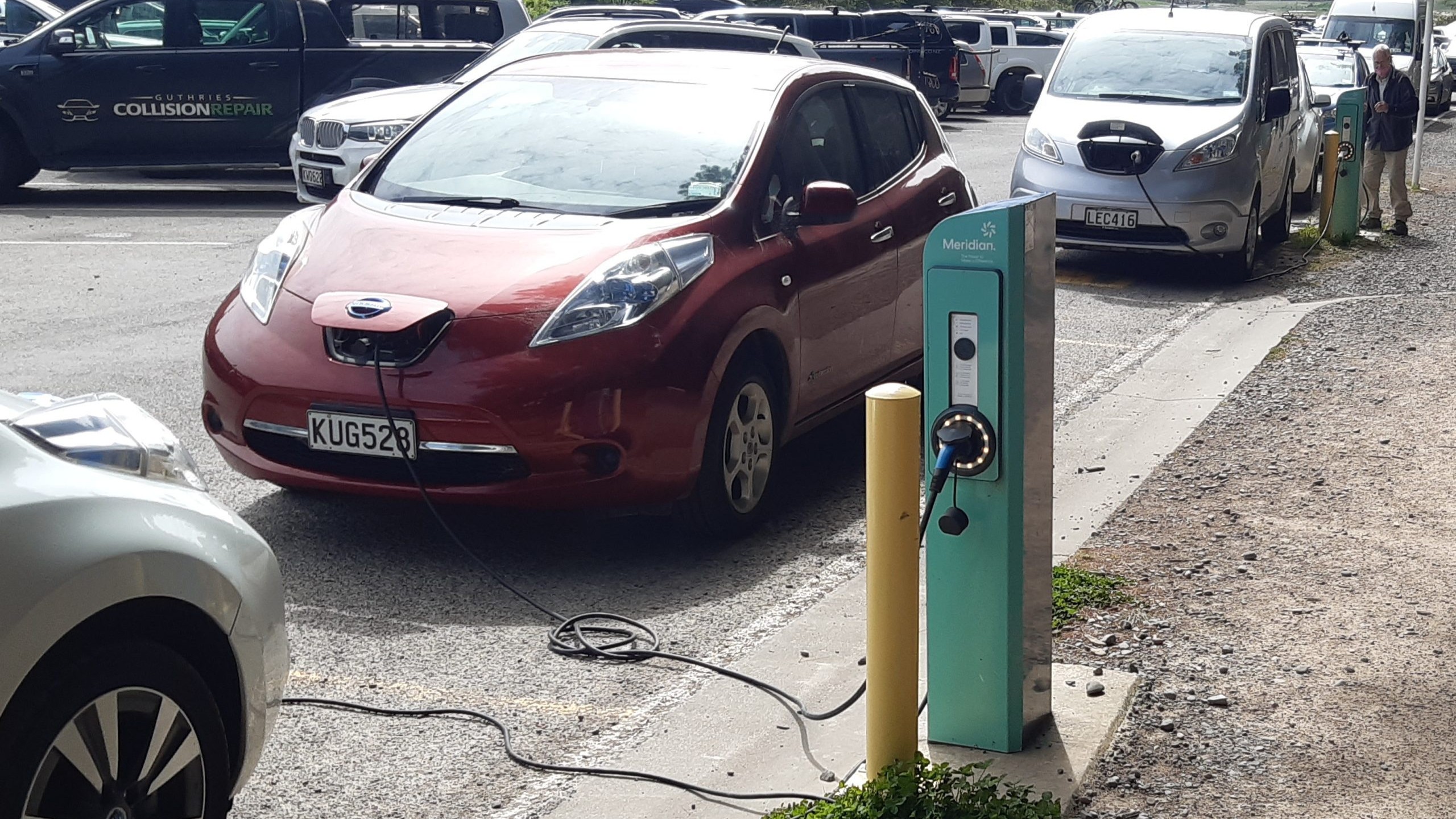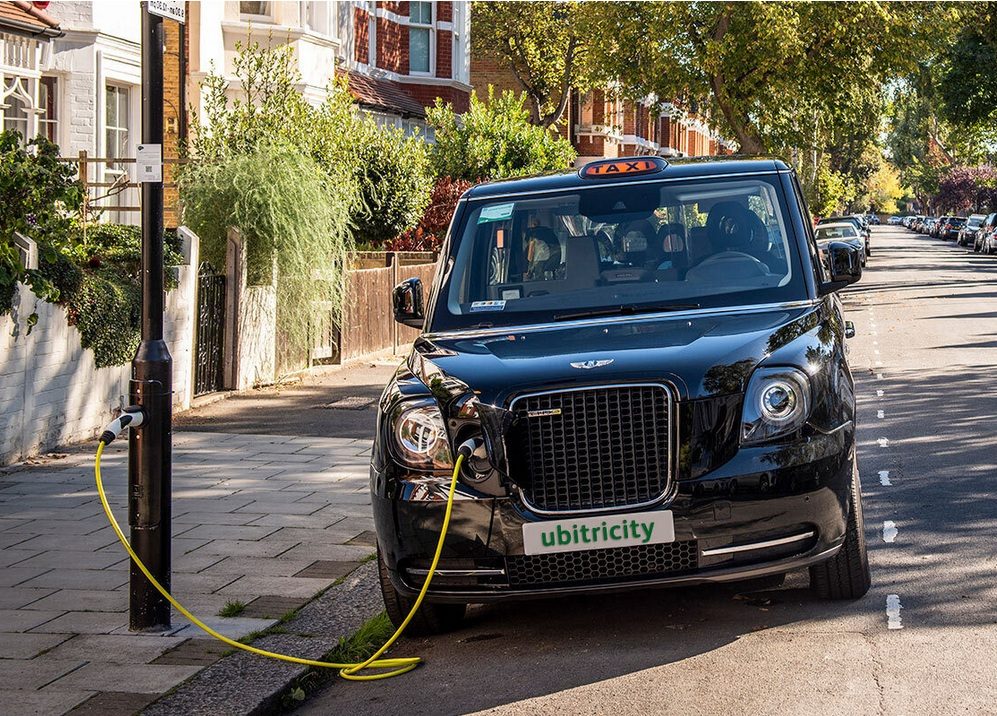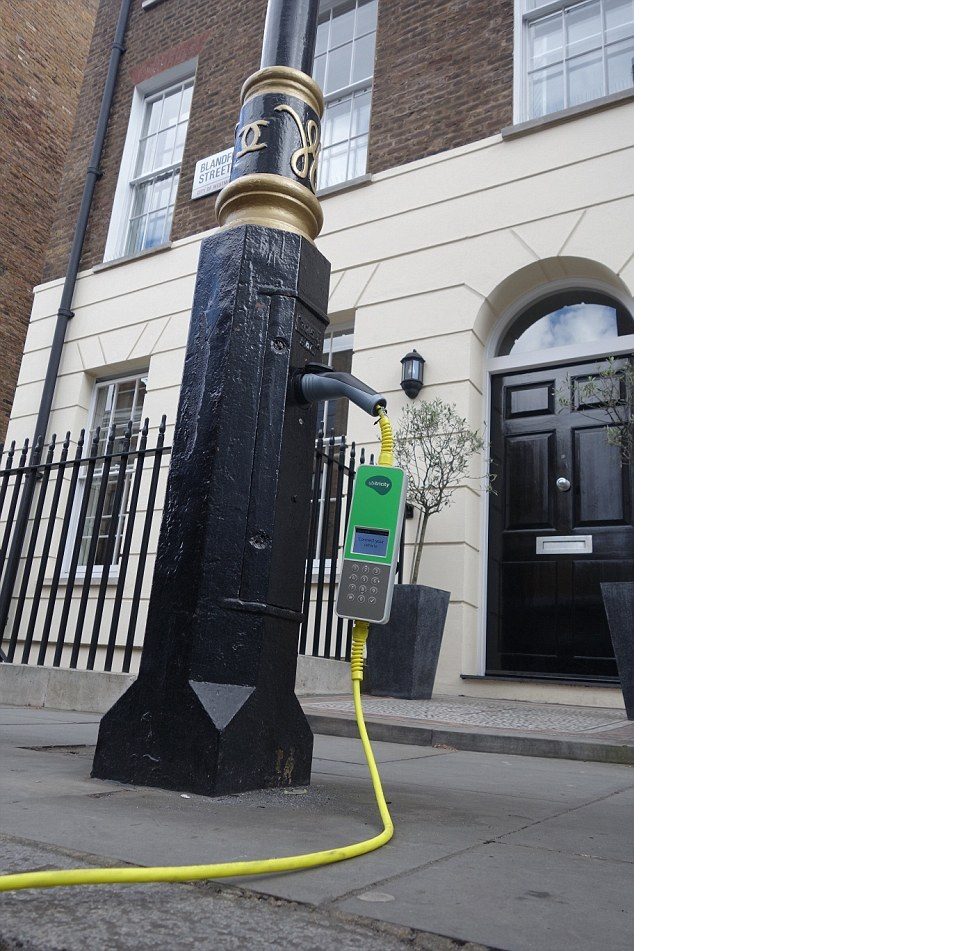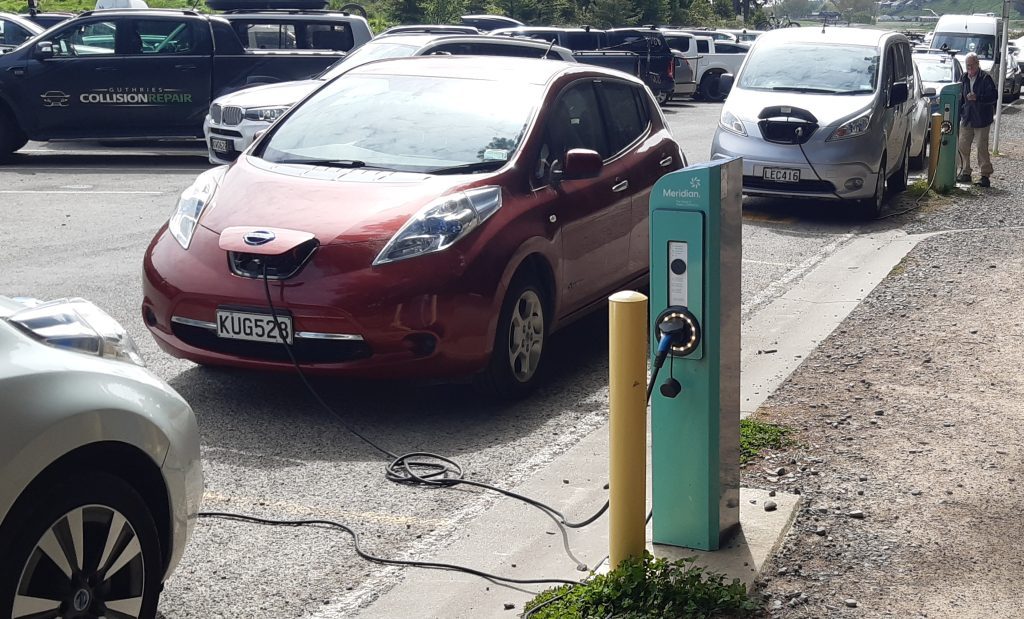Little ideas with big, multiplier effects

By Lindsay Wood, Director, Resilienz Ltd.
Last time I waxed lyrical about the shape of a can of beans and this time it’s lamp posts. Both common as dirt, both pretty low-tech, and both with the potential that one little change can make a big difference when multiplied many times.
And if you think I’m about to write about the lamps on lamp posts, think again – though lamps are another story or two in their own right.
No, this is about range anxiety and charging convenience for EVs. Anyone who has read about electric vehicles (and who hasn’t these days?) will know these are still two hot issues, even though things are improving.
So where do lamp posts come in? Well, German tech firm Ubitricity has come up with the cool idea of converting the electrics access panel at the base of a lamp post into an EV charging point. UK publisher This Is Money reports the switch-over takes only 30 minutes, costs only about a sixth of a normal charger, and all a vehicle needs is the right cable and an account. Smart, eh? (https://www.thisismoney.co.uk/money/cars/article-4607870/A-1-000-conversion-turn-lampposts-EV-chargers.html)

Now I’m not writing about this because I want to rave on about lamp posts, I’m writing because the Trucking Toward a Better Future Competition is about coming up with new ideas – big or small – that might make a difference on our tough journey to decarbonisation.
And so often the opportunity for a great idea might be right in front of our eyes, like lamp posts or cans of beans, just waiting to be recognised. (Remember last week I wrote about my tiny new grandson Wyn looking at everything through fresh eyes?)
And who better to spot such opportunities than people in the trucking sector, who see into every corner of our amazing country?

So, let’s take a moment to look at some of the dots that were waiting to be joined to lead to the lamp post Eureka moment:
- Problem 1: EV drivers need to charge in different places at different times.
- Problem 2: Rapid charger infrastructure is fiendishly expensive, not yet widespread enough, and often not where people most need it.
- Problem 3: Chargers have to be where vehicles can park (Duh!).
- Problem 4: EV charging takes a while, even on rapid chargers.
- Problem 5: Dedicated EV parking spaces at chargers are unpopular (with non-EV drivers when they are empty, and with EV drivers when they are occupied by a vehicle not charging).
- Problem 6: Every charger needs a power supply, and getting that can be tricky and costly.
I don’t know who had the light bulb flash on in their brain (maybe it was a German truck driver!), but I can imagine their train of thought went something like this:
“If chargers were very cheap there could be lots installed all over the place, as long as there could be a power supply to them.”
And then: “OMG! Lamp posts are everywhere, and they already have power!”
And then: “But they probably don’t have enough power for rapid chargers.”
And then: “But if there are lots of charging opportunities where people park their cars anyway, maybe slower charging is okay.”
And then: “OMG2! Lamp posts are in all the streets right where people park for long times – overnight or at work. And – OMG3! – they all have electric access panels exactly where drivers would need to plug in.”
Bingo! (Clever truck driver?!)
Cans of beans? Lamp posts? What other great opportunities are staring us in the face just waiting for a Eureka moment?

Have you got a simple way of making the world better and more efficient, especially from a supply chain and general business perspective? Then enter the 2022 Trucking Toward a Better Future competition. To find out how, read the rules, and check the terms and conditions, click here: https://www.nztrucking.co.nz/trucking-toward-a-better-future-get-your-entries-in-2/





